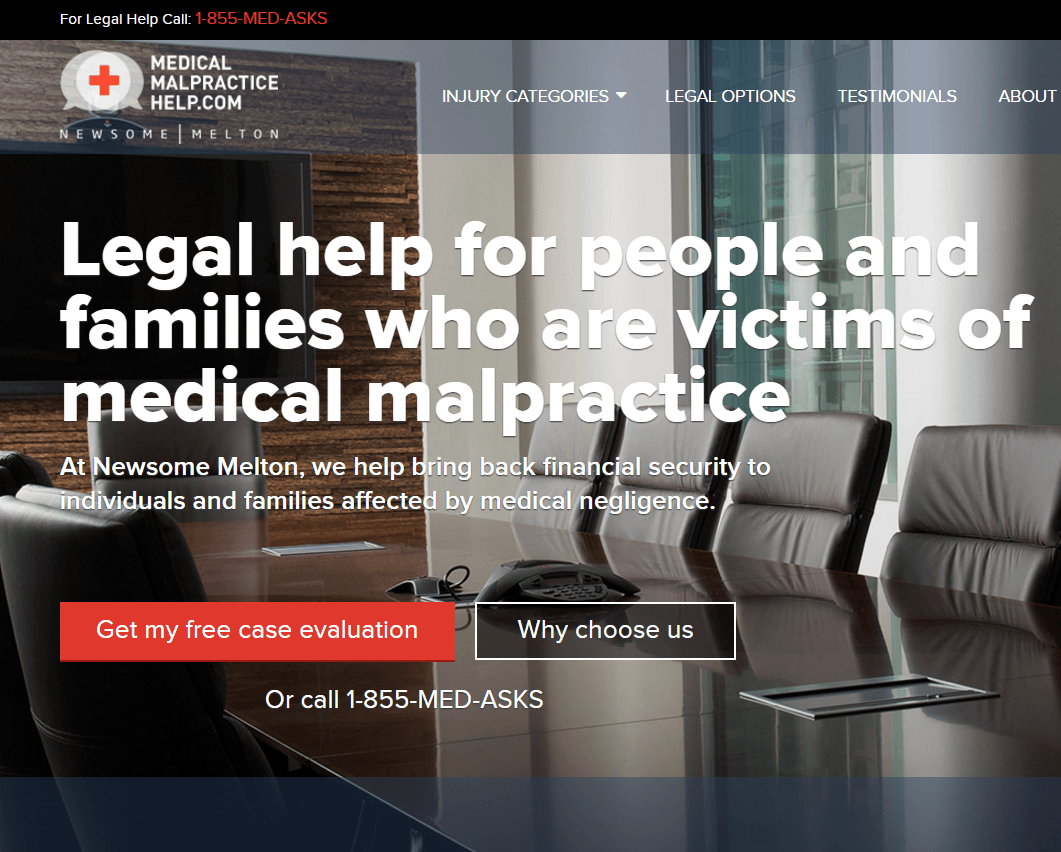
Jump To:
Both actionable medical malpractice and medical negligence mean the same thing – negligent treatment or diagnosis of a medical condition that results in additional harm or exacerbation of the existing medical condition.
This does not mean the medical practitioner is held responsible for the underlying condition, but rather for the steps taken that resulted in a worsening of the medical condition. Some examples of actionable medical malpractice might include failing to diagnose a condition or misdiagnosing it, failure to obtain the proper informed consent from the patient, prescribing the wrong medication or improper doses, or performing an unnecessary or incorrect treatment of a condition.
Malpractice Case Requirements
In order to be legally considered to be an actionable medical malpractice case, there are four stringent requirements that must be met.
1- Doctor and Patient Relationship
A patient can’t sue a doctor they’ve never seen, so for there to be a case there must be an existing doctor/patient relationship. This means the patient must have been treated by the doctor in a formal setting such as the doctor’s office, a clinic or a hospital. For example, if a patient is referred to a specialist but does not actually meet with them, the specialist cannot be held liable for a worsening medical condition. A doctor who witnesses someone having a heart attack in a restaurant is not liable for the outcome if he does nothing. Once the doctor initiates treatment by coming over to help the victim, he can now be held accountable for the outcome of the patient.
2- Standard Of Care
A standard set of procedures is used to treat individual conditions in every case, regardless of the individual. These procedures are known as the Standard of Care, and every patient should be treated with them. If all of the steps aren’t taken or a procedure is completed in a way that deviates from the Standard of Care, actionable medical malpractice is considered.
3- Proximate Cause
Proximate cause means the injury would not have happened without the act of the defendant, or in this case, the medical practitioner. There must be a clear, unbroken chain of events that led to the injury from the negligent act. There is no proximate cause if there was an intervening event between the alleged act of negligence and the injury. This means if you are treated for a broken hip and then go home, slip on the ice and cause additional injury to your hip, there would be no proximate cause and thus no negligence.
4- Informed Consent
When a doctor acts on behalf of a patient by prescribing medications, offering treatments or referring a patient for further treatment, there must be an informed consent on the part of the patient. This means the doctor must take steps to ensure the patient knows all of the risks and side effects, as well as the benefits, associated with a treatment or procedure before the treatment or procedure commences. If the patient is not made aware, there is no informed consent and this constitutes as actionable medical malpractice. If the patient is made aware of risks and does not follow the directions for the treatment, there is no negligence for the harm that may ensue from not following the directions.
